Bee dazzled
This article was originally published in September 2015
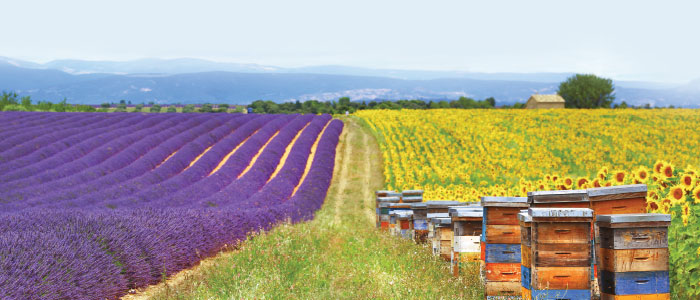
European honeybees were introduced to North America in 1622 and we’ve been enjoying the results of their labor ever since. As research into their current population decline continues, it’s worth understanding where your honey comes from and how to make the most of it.
During a successful year, a beehive can produce up to 60 pounds of honey. That means it takes about 7 hives to stock our bulk honey containers for a single week! While each variety of honey has a distinct flavor profile, honeybees may fly up to two miles from their hive for pollen. So, when you see a honey labeled with a single plant, then either the hive is in the middle of a substantial field, or there will be tiny amount of other plants involved in that honey’s creation.
Raw is a common word on honey jars, but the National Honey Board says there’s no precise definition for it. They admit that typically, raw honey hasn’t been heated or filtered. Many brands use diatomaceous earth as part of the filtering process, which slows its crystalizing process. However, diatomaceous earth is prohibited in organic honey and smaller companies may choose not to use it, which can lead to people thinking honey has gone bad when it crystalizes more quickly than they’re used to. It’s a natural process and nothing to worry about. Simply warm it up to about 105° F (sit it in the sun or a pot of hot water; don’t microwave it) and swirl it around to dissolve the crystals. This process can be repeated for years, as long as the honey hasn’t been contaminated with crumbs.
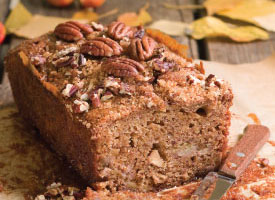
Recipe
Make the most of your favorite honey with a quick bread that uses a full cup of it. Bake up a loaf of Pecan Honey Cake!
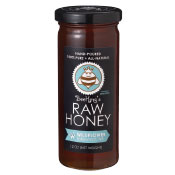
Bee King’s
These delicious raw honeys have a flavor profile for everyone, and each jar includes the exact area of Washington where it was sourced. Pasco provides dark, minerally buckwheat, while Lakewood delivers savory Wildflower and Ellensburg is the hometown of delicate, spicy Sweet Clover.
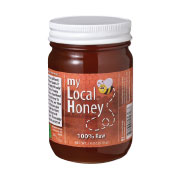
My Local Honey
This company maintains hives in Oregon and Washington through partnerships with other beekeepers, but their record keeping ensures that each state receives honey from their home region. Its flavor is clean and versatile, making it a great choice for baking.
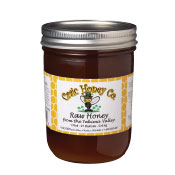
Craic Honey Co.
This Yakima Valley company sends their bees to pollinate orchards and berry fields in their area, although the hives winter in California’s Central Valley. The jars contain a dark, richly flavored honey with the sort of subtle sagebrush notes you find in Yakima Valley wines, and it’s particularly appropriate for a Washington cheese plate.
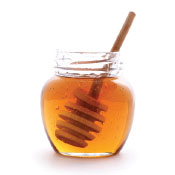
Bulk Honey
Glorybee is a family-run business based in Oregon, while their hives might travel from Chiapas, Mexico to the Pacific Northwest. They provide 100 percent of our bulk honey, and donate one percent of annual retail sales to “Save the Bee” initiatives, such as providing a generous grant to the Oregon State Bee Lab.
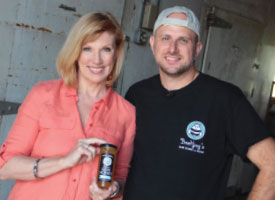
Evening Magazine: Bee King’s
Learn how honey gets from hive to table with PCC Chef Lynne Vea and Chris Miller, owner of local raw honey company, Bee King’s.
